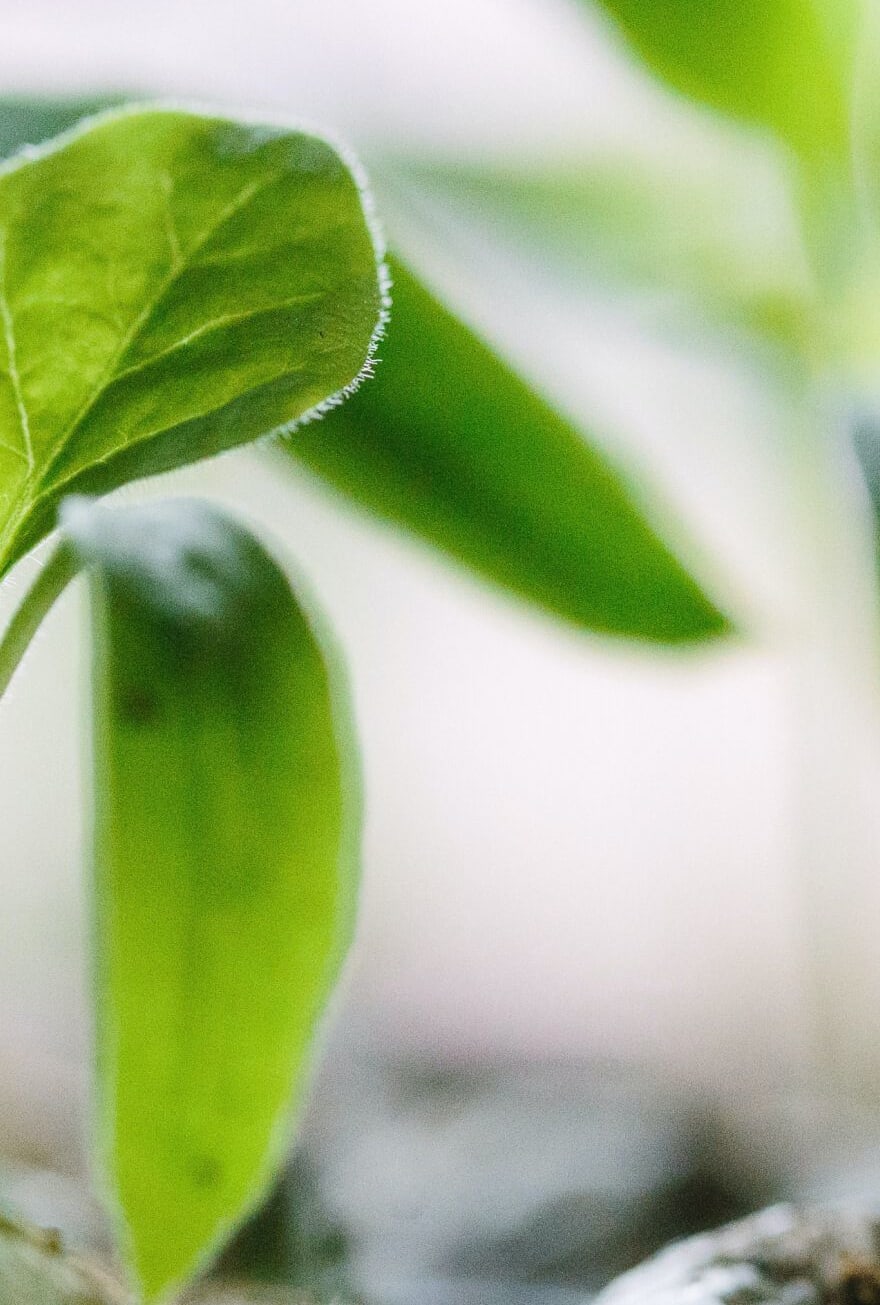Knowde Enhanced TDS
Identification & Functionality
- Chemical Family
- Country of Origin
- Ingredient Origin
- Technologies
- Product Families
- Part of Plant Used in Production
- Sun dried leaves and young shoots
- Methods of Production
- Steam Distillation
Features & Benefits
- Benefit Claims
- Labeling Claims
- Product Characteristics
- Patchouli oil is a viscous dark orange or brown with a strong, earthy, sweet-herbaceous, woody-balsamic, long-lasting odor.
- Product Features
- Antidepressant
- Anti-Inflammatory
- Antiseptic
- Aphrodisiac
- Astringent
- Cicatrisant
- Cytophylactic
- Deodorant
- Diuretic
- Febrifuge
- Fungicidal
- Insecticidal
- Sedative
- Product Features
- Antidepressant
- Anti-Inflammatory
- Antiseptic
- Aphrodisiac
- Astringent
- Cicatrisant
- Cytophylactic
- Deodorant
- Diuretic
- Febrifuge
- Fungicidal
- Insecticidal
- Sedative
- Interesting Facts
- Patchouli was a renown antidote to snake and insect bites in India and China. In the Victorian era, it was used to treat Indian carpets from deteriorating from insects and fungi.
Applications & Uses
- Markets
- Fragrances & Perfume Applications
- Uses
- Perfumery: including amber bases, woody bases, fougeres and chypres.
- Blending Information
Blends well with:
- Bergamot
- Black Pepper
- Clary Sage
- Frankincense
- Geranium
- Ginger
- Lavender
- Lemongrass
- Myrrh
- Neroli
- Rose
- Rosewood
- Sandalwood
- Ylang Ylang
- Blending Information
Blends well with:
- Bergamot
- Black Pepper
- Clary Sage
- Frankincense
- Geranium
- Ginger
- Lavender
- Lemongrass
- Myrrh
- Neroli
- Rose
- Rosewood
- Sandalwood
- Ylang Ylang
Properties
- Physical Form
- Odor
- Sweet, herbaceous, aromatic, spicy and woody-balsamic
- Appearance
- Viscous dark orange or brown
- Typical Properties
| Value | Units | Test Method / Conditions | |
| Specific Gravity (at 20°C) | 0.950 - 0.965 | g/cm³ | - |
| Refractive Index (at 20°C) | 1.505 - 1.515 | - | - |
| Optical Rotation (at 25°C) | -49.06 | ° | - |
| Acid Value | 3.72 | mg KOH/g | - |
| Patchouli Alcohol Purity | 30.45 | % | GLC |
Safety & Health
- Safety
- A 10% dilution is recommended. Non-toxic, non-sensitizing, non-irritant. For topical uses only. Avoid contact with eyes and mouth.
Storage & Handling
- Storage
Store in well-filled, tightly sealed containers, in a cool dry place, away from direct sunlight
- Storage
Store in well-filled, tightly sealed containers, in a cool dry place, away from direct sunlight







